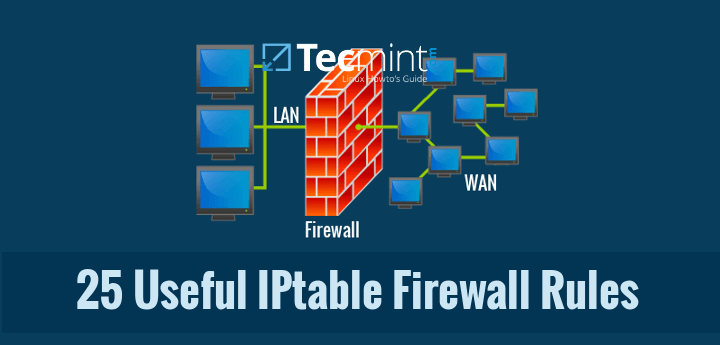

- Centos 6 iptable open ports for steam games how to#
- Centos 6 iptable open ports for steam games install#
The system displays the status of your chains. To view the current set of rules on your server, enter the following in the terminal window: sudo iptables -L

If you need to specify a different table, use the –t option, followed by the name of the table. Configure iptables in Linuxīy default, these commands affect the filters table. Iptables is case-sensitive, so make sure you’re using the correct options. -X -delete-chain – Delete the provided chain.-v -verbose – Show more information when using a list option.-I -insert – Add a rule to a chain at a given position.-D -delete – Remove specified rules from a chain.-C -check – Look for a rule that matches the chain’s requirements.-A -append – Add a rule to a chain (at the end).Here is a list of some common iptables options: In general, an iptables command looks as follows: sudo iptables CHAIN_rule These two different protocols do not work together and have to be configured independently.īasic Syntax for iptables Commands and Options To configure iptables for IPv6, you need to use the iptables6 utility. The rules we are covering in this Linux iptables tutorial is for IPv4. Note:There are two different versions of iptables, for IPv4 and IPv6. The example output in Ubuntu confirms that the latest version of iptables is already present:
Centos 6 iptable open ports for steam games install#
To confirm that iptables is installed, use the following command: sudo apt-get install iptables Iptables are installed default on most Linux systems.
Centos 6 iptable open ports for steam games how to#
How to Install and Configure Linux Firewall iptables Installing Iptables Ubuntu
Reject – the iptables firewall rejects a packet and sends an error to the connecting device. Return – this rule sends the packet back to the originating chain so you can match it against other rules. It appears as if they are trying to connect to a non-existing machine. When Linux iptables drop an incoming connection to your server, the person trying to connect does not receive an error. Drop – the dropped package is not matched against any further chain. Accept – this rule accepts the packets to come through the iptables firewall. The terminating targets in Linux iptables are: With terminating targets, a packet is evaluated immediately and is not matched against another chain. Non-terminating targets keep matching the packets against rules in a chain even when the packet matches a rule. TargetsĪ target is what happens after a packet matches a rule criteria. This table includes input, output, and forward chains, much like the filter table. Some versions of Linux also use a Security table to manage special access rules. The raw table has two of the chains we previously mentioned: The Raw table is used to exempt packets from connection tracking. The table has all the following chains we described above: The Mangle table adjusts the IP header properties of packets. Postrouting – the rules in this chain allow making changes to packets after they leave the output chain. Output – works the same as the output chain we described in the filter table. Prerouting – this chain assigns packets as soon as the server receives them. When the destination or source of the packet has to be altered, the NAT table is used. This table contains NAT (Network Address Translation) rules for routing packets to networks that cannot be accessed directly. Forward – this set of rules controls the packets that are routed through the server. Output – this chain controls the packets for outbound traffic. Input – the rules in this chain control the packets received by the server. It acts as a bouncer, deciding who gets in and out of your network. The Filter table is the most frequently used one. We will list all four along with the chains each table contains. 
Linux firewall iptables has four default tables. Typically, this is to accept it, drop it, or reject it (which sends an error back to the sender).
Targets: A target is a decision of what to do with a packet. The outcome, where a packet is sent, is called a target. Rules can block one type of packet, or forward another type of packet. Rules: A rule is a statement that tells the system what to do with a packet. When a packet is received, iptables finds the appropriate table, then runs it through the chain of rules until it finds a match. Tables: Tables are files that join similar actions. Iptables identifies the packets received and then uses a set of rules to decide what to do with them. Data is broken up into smaller pieces (called packets), sent over a network, then put back together. Access to a terminal window/command line (Ctrl-Alt-T, Ctrl-Alt-F2).







 0 kommentar(er)
0 kommentar(er)
